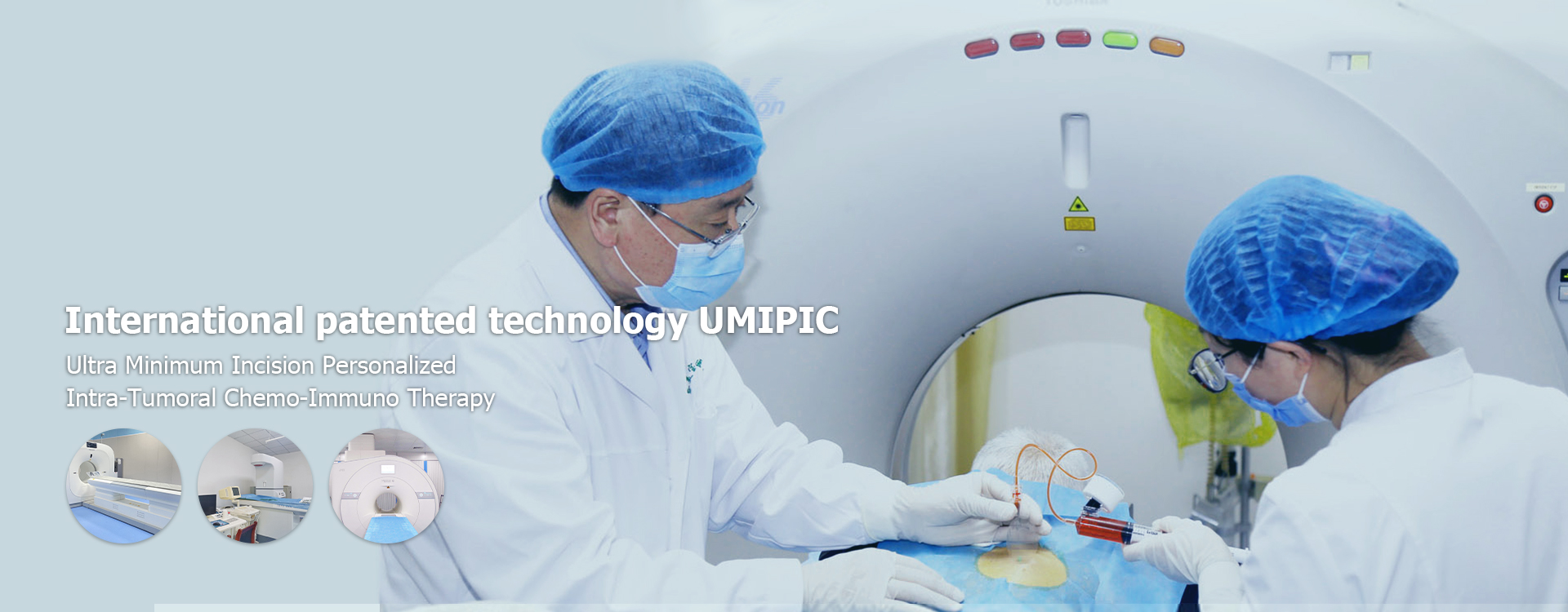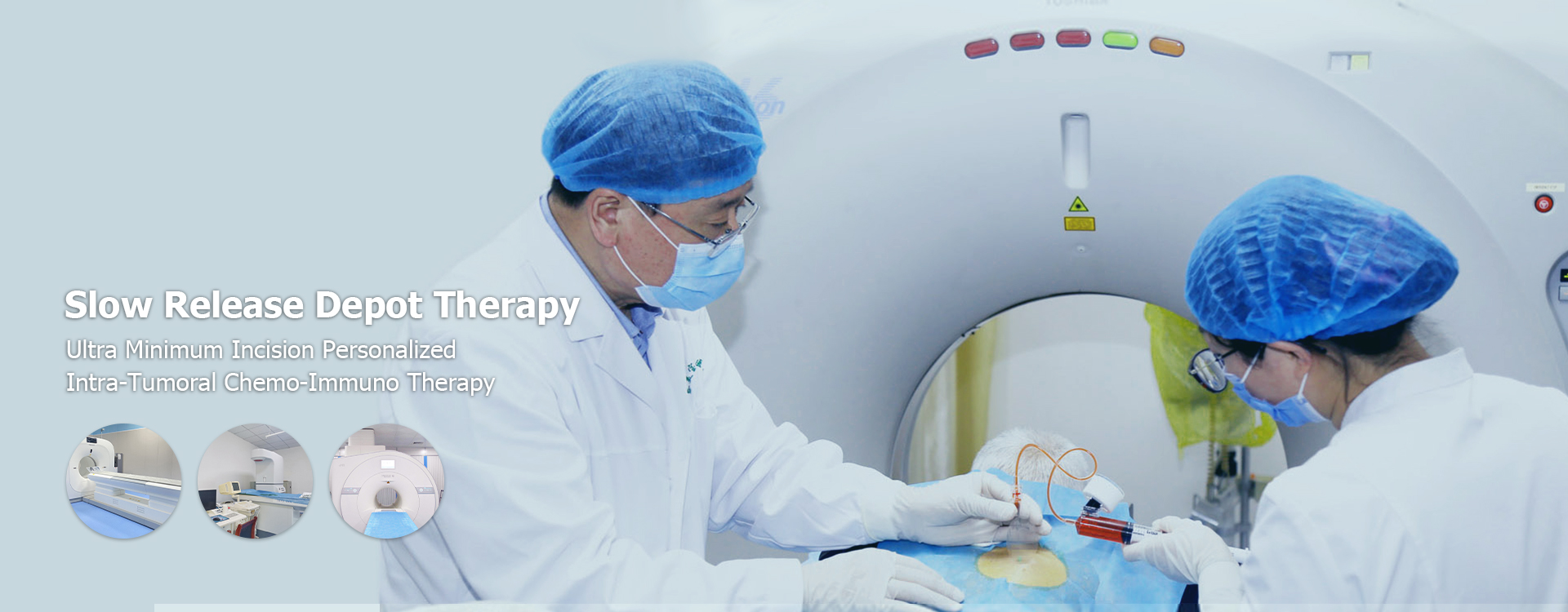
treatment squamous non small cell lung cancer treatment
Treatment for Squamous Non-Small Cell Lung Cancer
This comprehensive guide explores the various treatment options available for squamous non-small cell lung cancer (NSCLC). We delve into the latest advancements intreatment, including surgery, chemotherapy, radiation therapy, targeted therapy, and immunotherapy, providing a clear understanding of each approach's effectiveness and potential side effects. Learn about staging, diagnosis, and the importance of personalizedtreatmentplans for managing this complex disease. We also address supportive care measures to improve quality of life during and aftertreatment.
Understanding Squamous Non-Small Cell Lung Cancer
What is Squamous Cell Lung Cancer?
Squamous cell carcinoma is a type ofNSCLCthat originates in the lining of the larger airways in the lungs. It's often associated with a history of smoking. Early detection is crucial for successfultreatment. Thetreatmentapproach is highly individualized and depends on the stage of cancer and the patient's overall health.
Staging Squamous Non-Small Cell Lung Cancer
Staging involves determining the extent of the cancer's spread. This is vital in determining the best course oftreatmentforsquamous non-small cell lung cancer. Staging is typically done through imaging tests (CT scans, PET scans), biopsies, and possibly bronchoscopy. The stage (I-IV) influencestreatmentdecisions, and patients are encouraged to discuss the specifics of their diagnosis and stage with their oncologist. Understanding your stage will allow you to collaboratively plan the most appropriatetreatmentstrategy.
Treatment Options for Squamous Non-Small Cell Lung Cancer
Surgery
Surgery is often the primarytreatmentoption for early-stagesquamous non-small cell lung cancer. Depending on the location and size of the tumor, different surgical procedures may be used. This might involve removing the tumor and a portion of the surrounding lung tissue (lobectomy or wedge resection). The feasibility of surgery depends on various factors such as the patient's overall health and the location and size of the tumor.
Chemotherapy
Chemotherapy involves using drugs to kill cancer cells. It's often used in combination with othertreatmentmethods, such as radiation therapy or surgery, for more advanced stages ofsquamous non-small cell lung cancer. Common chemotherapy drugs used forNSCLCinclude cisplatin, carboplatin, and paclitaxel. Side effects vary, and managing these is a crucial aspect of thetreatmentprocess.
Radiation Therapy
Radiation therapy uses high-energy radiation to damage and destroy cancer cells. It can be used before surgery to shrink tumors (neoadjuvant therapy), after surgery to eliminate any remaining cancer cells (adjuvant therapy), or as the primarytreatmentfor patients who are not eligible for surgery. Radiation therapy may also be used to manage symptoms caused by advanced cancer.
Targeted Therapy
Targeted therapy utilizes drugs that specifically target cancer cells with certain genetic mutations. This approach can be highly effective for patients whose tumors have specific genetic alterations. For example, some EGFR mutations inNSCLCmay respond well to specific targeted therapies. Genetic testing is essential to determine eligibility for these treatments.
Immunotherapy
Immunotherapy harnesses the power of the body's own immune system to fight cancer cells. These therapies work by stimulating or enhancing the immune response to attack and destroy cancer cells. Immunotherapy has revolutionized thetreatmentof many cancers, including some types ofNSCLC. Checkpoints inhibitors are a major example of this type oftreatment.
Supportive Care
Managing the side effects of cancertreatmentis a significant part of overall care. Supportive care encompasses a wide range of services, including pain management, nutritional support, and counseling, to improve the patient's quality of life during and aftertreatment. Discussions with your oncologist and their care team are crucial in determining the best supportive care plan.
Personalized Treatment Plans
It is crucial to remember thattreatmentforsquamous non-small cell lung canceris highly personalized. The best approach depends on numerous factors including the stage of the cancer, the patient's overall health, and the presence of any specific genetic mutations. A comprehensive discussion with an oncologist is essential to develop a tailoredtreatmentstrategy that maximizes effectiveness while minimizing side effects. Your healthcare team will work with you to craft a plan that meets your individual needs and goals.
For more information or to schedule a consultation, please visitShandong Baofa Cancer Research Institute. This information is intended for educational purposes only and should not be considered medical advice. Always consult with a healthcare professional for any health concerns or before making any decisions related to your health ortreatment.
Relatedproducts
Related products
Best sellingproducts
Best selling products-
 Andress, a 9-year-old boy from the United States
Andress, a 9-year-old boy from the United States -
 Famous American female painter Muriel
Famous American female painter Muriel -
 Mark, a prostate cancer bone metastasis patient from the United States
Mark, a prostate cancer bone metastasis patient from the United States -
 Nell Smith, a throat cancer patient from Switzerland
Nell Smith, a throat cancer patient from Switzerland -
 PAT, rectal cancer patient from the United States
PAT, rectal cancer patient from the United States -
 Anthony, lymphocytic cancer patient from the United States 24
Anthony, lymphocytic cancer patient from the United States 24
Relatedsearch
Related search- China kidney cancer causes
- Cheap pancreatic cancer cause
- China breast cancer surgery near me
- pi rads 4 prostate cancer treatment cost
- treatment kidney cancer signs cost
- Cheap pancreatic cancer back pain cost
- China children's cancer hospital Hospitals
- China kidney stones
- treatment non smoker lung cancer treatment near me
- extensive stage small cell lung cancer treatment





